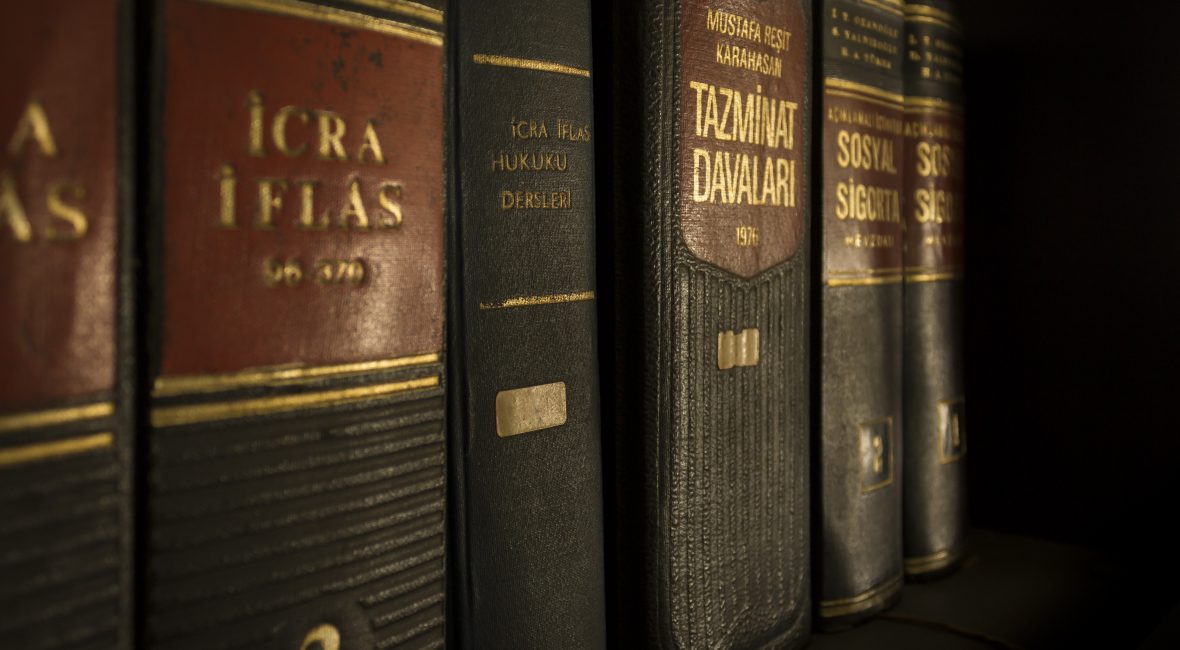What is a trademark?
A trademark is a word, symbol, or phrase, used to identify a particular company’s products and distinguish them from the products of another. Trademarks protect the words and symbols that identify the sources of goods and services
Example: The Nike brand name and its accompanying “Swoosh” logo are used to identify the various products manufactured by Nike. When a consumer sees the the “Nike” brand name or the “Swoosh” logo, the consumer will be able to distinguish a Nike product from products made by competitors (e.g., Adidas).
What is a service mark?
If the company provides services instead of products, their brand names and/or logos are “service marks” but these are generally treated the same as trademarks. Similarly to trademarks, a service mark may include names, words, logos or symbols.
What is the difference between a trademark and a registered trademark?
Any distinctive name, symbol, or word can be designated as trademarked by using the symbol ™. The ™ symbol notifies others that the company owns the product’s name and design. However, a company is not protected from another producing a similar product or using name by simply using the ™ symbol.
In the event of a dispute with an unregistered trademark, the company must prove that it was the first to use the name or design. Further, a trademark that is unregistered may be left without a legal defense.
A registered trademark is identified by the symbol ®. This symbol may be used once a trademark is registered with the United States Patent & Trademark Office (USPTO) and is considered a “Federally Registered Trademark.”
Do trademarks, copyrights, and patents protect the same things?
No. Trademarks, copyrights, and patents protect different types of intellectual property.
A trademark typically protects brand names and logos used on goods. A copyright protects an original artistic or literary work. A patent protects an invention.
What is Eligible to Be a Trademark?
There are 2 requirements for a mark to be eligible for federal trademark registration: use in commerce, distinctiveness, and no prior conflicting trademark rights.
Use In Commerce
When applying for trademark registration, the trademark must either be (1) in actual “use in commerce” or (2) intended to be “used in commerce”. This means that the mark is actually being used to sell and market the goods/services listed in the trademark application. Note that “Use in commerce” is a legal term of art and there are literally thousands of trademark applications stalled at any given moment because the applicant has not properly submitted evidence of “use in commerce”.
Distinctiveness
The second requirement for registration is distinctiveness, which means the mark must not be generic or merely descriptive. The more distinctive a mark, the stronger the mark, which in turn provides more protection and the likelihood of a successful application increases.
A generic term is not capable of being trademarked under the law as it is merely a common name for a good or service. Examples of generic terms would be “COMPUTER” for consumer computers and “APPLE” for apple juice company.
A merely descriptive mark identifies the qualities, characteristics, features, or uses of a product or service and only allow for limited protection. Examples of merely descriptive marks would be RENT-A-VIDEO for video store and DELICIOUS for restaurant.
On the other hand, marks that are suggestive, arbitrary or fanciful have the highest levels of protection.
A suggestive mark will suggest a feature or quality of the underlying good or service but does not describe them. The difference between a suggestive mark and a merely descriptive mark is that a suggestive mark requires one to use their imagination to associate the mark with the good or service. Examples of suggestive marks would be TREND ELEVATION for social media marketing consultancy, GEAR FOR THE HIGH LIFE for men’s clothing, and PIT STOP for fast food restaurants,
Arbitrary marks are words, terms or phrases that have no logical relationship to the underlying good or service. A often-used example of an arbitrary mark is APPLE for computers, while other examples could be RED FOX for women’s clothing or ANIMAL for Software-as-a-Service (SaaS) for personal accounting.
The strongest form of mark is a fanciful one. A fanciful mark is a word, term or phrase that is made up by the owner. Well known examples of fanciful marks are STARBUCKS and ZYNGA.
How Long Does a Trademark Last?
Under common law, a trademark will last as long as the owner uses the mark. Without registration, a failure to enforce common law/unregistered rights may relinquish those rights.
A federally registered trademark will provide protection for 10 years and is renewable for additional 10-year periods. However, the USPTO requires that between the fifth and sixth year after the date of registration, the registrant must file an affidavit stating that the mark is still in use. If no affidavit is filed, the registration is automatically cancelled.
Contact us if you want to register a trademark.





